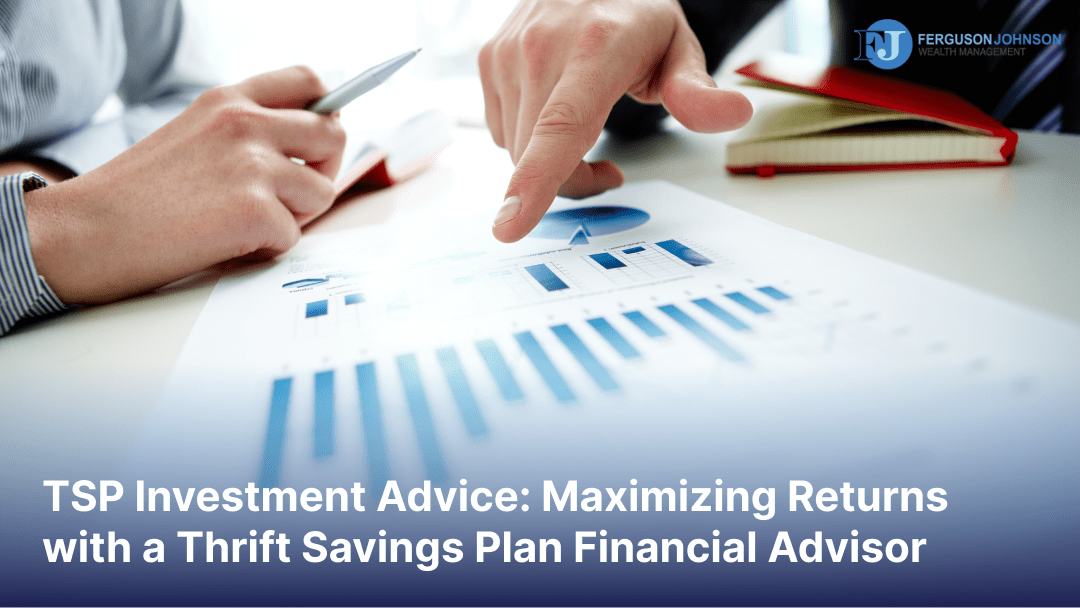To make the most of your investment, it’s essential to understand how investments are taxed. It’s to your advantage to build a diversified portfolio that is held in a combination of tax-free, tax-advantaged, and taxable investment accounts. Through the strategic selection and location of investments amongst these types of account, it may be possible to […]
The Impact of Taxes on Investment Returns










